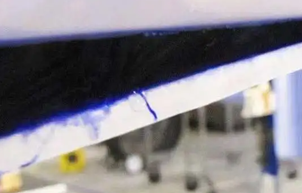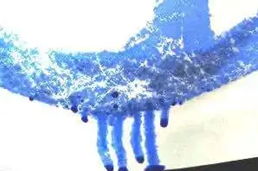Dye penetration tests are commonly used to test the seal integrity of sterile barriers. Are you familiar with the essentials of this test? Do you know how it is properly performed? Let's take a look together!
Q2: What is the dye ratio?
0.05% is toluidine blue, used as a dye, 0.5% is Triton-X 100, used as a surfactant, and 99.45% is water. After the dye solution is configured, its effectiveness needs to be confirmed. Generally, a 50μm channel is made at the seal, and the configured dye solution is used for detection. The channel can be detected within 5 seconds, which proves that the dye solution is effective.
Q3: What are the relevant references?
Porous material:
-
ASTM F1929-2015 Standard Test Method for Detecting Seal Leaks in Porous Medical Packaging by Dye Penetration
-
YY/T 0681.4-2010 Testing Methods for Sterile Medical Device Packaging - Part 4: Dyeing Liquid Penetration Method to Determine the Seal Leakage of Breathable Packaging
Non-porous material:
Q4: Does the material pass the dye penetration test when there is no channel, or is the dye not allowed to enter the seal?
The use of dye penetration tests should properly distinguish between sealing channels and material capillarity. Because the dye solution is added to the surfactant, the dye solution will accelerate to seep out from the porous material side, i.e. capillary action. Generally, if there is a channel in the seal, it can appear in about 2-3 seconds. If too much time has passed, capillary action is more likely to have occurred, which is easy to cause false positives, which is not conducive to determining the integrity of the seal.
Q5: Does the dye have any effect on the sealing strength?
Dye is a test to evaluate the integrity of the seal. This is a destructive test. Generally, it is not necessary to do a peel strength test for products that have undergone a dye penetration test.
Q6: Is the accelerated aging seal test good for measuring peeling and dye penetration?
To evaluate the performance of the sterile barrier system after accelerated aging and the initial requirements of the sterile barrier system, the sealing strength of the package is generally evaluated through a peel strength or burst strength test, and the integrity of the package is evaluated through a dye penetration test.

.png)




